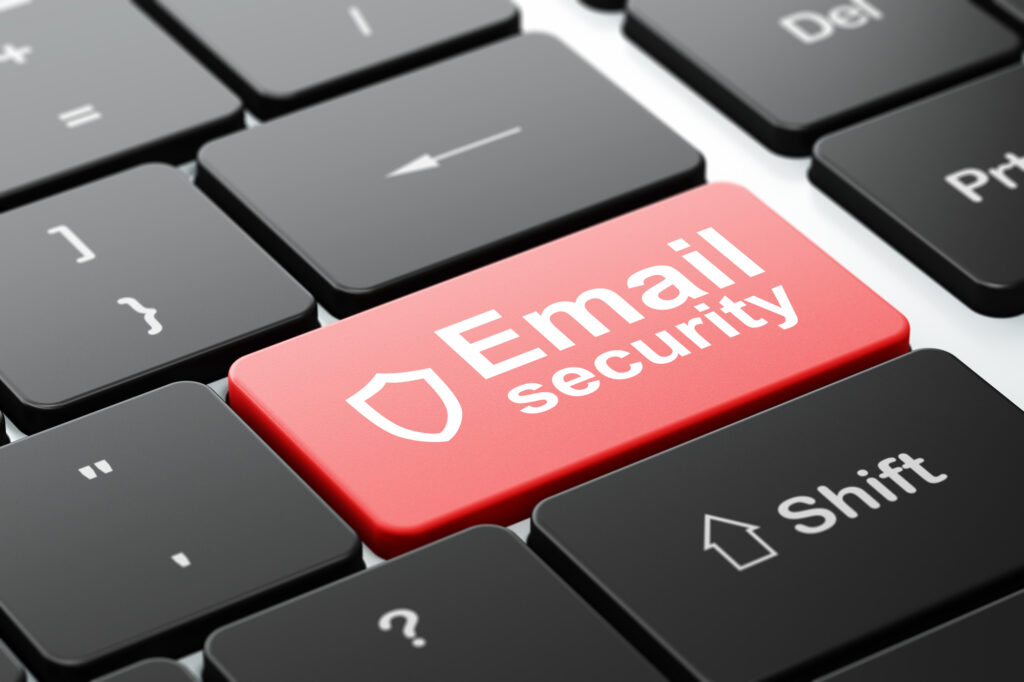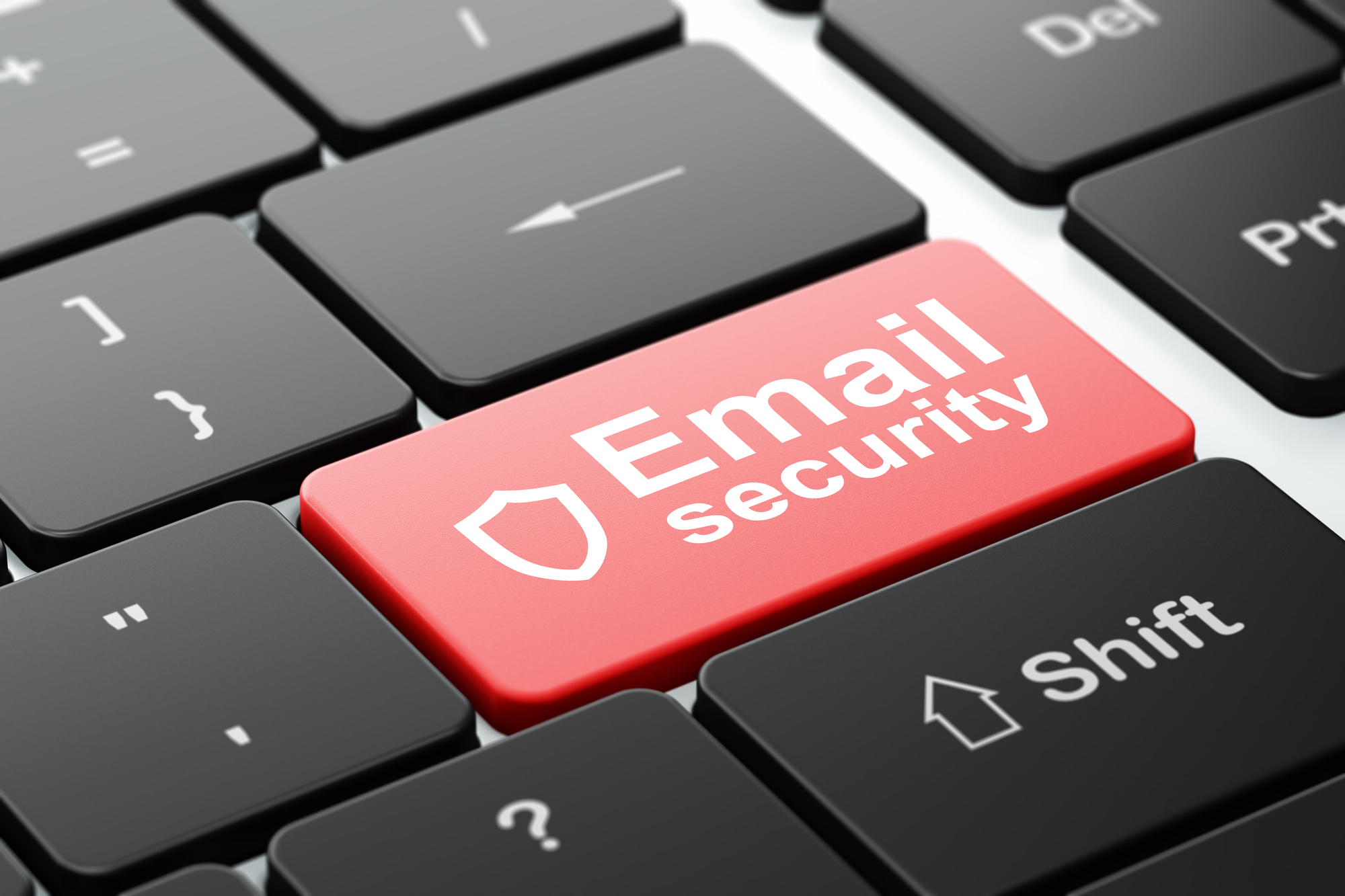Email is a fundamental communication tool for organizations across industries. However, it also serves as a primary attack vector for cybercriminals. According to Verizon, over 376 billion emails are sent daily, with over 90% of malware delivered via email. Organizations must proactively address email security challenges to combat this rapidly evolving threat landscape.
In this guide, we will offer an in-depth review of the email security landscape, actionable guidance on implementing and maintaining robust email security solutions, and an overview of leading email security solutions, including:
- Abnormal Inbound Email Security
- Check Point Infinity Mail Protection
- Cisco Email Security
- Cofense Intelligent Email Security
- Forcepoint Email Security
- Fortinet FortiMail
- Fortra’s Advanced Email Security
- Libraesva Email Security
- Mimecast
- OpenText Cybersecurity: Webroot Advanced Email Threat Protection
- Proofpoint Threat Protection Platform
- Red Sift’s Digital Resilience Platform
- Sophos Email Security
- Trellix Email Security
- Trend Micro Email Security
Understanding the Email Security Landscape

A thorough understanding of the latest email security trends and challenges is essential for organizations to defend against emerging threats. Let’s dive deeper into the most common and emerging email security trends, explaining their nature and significance and providing insights into each trend.
Latest Email Security Trends
Phishing and Spear-Phishing Attacks
Phishing is a social engineering attack where cybercriminals use deceptive emails to trick recipients into divulging sensitive information or downloading malware. Spear phishing is a more targeted form of phishing where attackers personalize their approach to increase their chances of success. Organizations must monitor for new phishing tactics, train employees to recognize them and implement advanced email filtering solutions.
Ransomware Attacks via Email
Ransomware is malware that encrypts an organization’s data, holding it hostage until a ransom is paid. Email is a primary delivery method for ransomware attacks, with attackers using malicious attachments or links to infect systems. Organizations must prioritize email security measures that block malicious attachments, educate employees about ransomware threats, and establish robust data backup and recovery processes.
Business Email Compromise (BEC) Attacks
BEC scams involve cybercriminals impersonating high-ranking executives to manipulate employees into transferring funds or revealing sensitive information. These attacks often rely on social engineering tactics and email spoofing. Recognizing the prevalence of BEC scams helps organizations prioritize executive training and secure email practices to minimize the risk of financial loss and data breaches.
Insider Threats
Insider threats arise from employees accidentally or intentionally causing security breaches by mishandling sensitive information. These breaches can result from human error, malicious intent, or inadequate security training. Acknowledging the potential for internal security breaches highlights the importance of proper employee training and access control measures.
Supply Chain Attacks
In supply chain attacks, cybercriminals target third-party vendors to access their clients’ sensitive information. These attacks can compromise email security by exploiting vendor system vulnerabilities or using vendor credentials to launch phishing or BEC attacks. Understanding the risk of supply chain attacks allows organizations to assess and monitor the security of their entire supply chain.
Increase in Remote Work
The COVID-19 pandemic has led to a shift in work patterns, with more employees working remotely and relying heavily on email communication. This shift has increased the attack surface and highlighted the need for robust email security measures, including secure remote access solutions and employee training on secure email practices.
Implementing and Maintaining Effective Email Security Solutions
In this section, we will explore some of the most important email security best practices, including employee training and awareness, anti-spam and anti-phishing filters, email authentication protocols, multi-factor authentication (MFA), secure email gateway (SEG), email encryption, monitoring and logging email activity, email security policies, and incident response planning. By implementing these solutions and practices effectively and keeping them up-to-date, organizations can significantly reduce the risks associated with email-based attacks and ensure that their email environments remain secure.
Employee Training and Awareness
Educating employees about email security best practices, emerging threats, and how to identify phishing emails is crucial for minimizing human error. Regular training sessions and simulated phishing exercises can help employees stay vigilant and recognize potential threats. For example, organizations can use platforms designed to create realistic phishing simulations and assess employee responses, allowing them to identify areas where additional training may be needed.
Anti-Spam and Anti-Phishing Filters
Deploying advanced anti-spam and anti-phishing filters is vital for identifying and blocking malicious emails before they reach users’ inboxes. These filters utilize machine learning algorithms to analyze email content and detect phishing attempts, reducing the risk of successful attacks. For instance, Mimecast’s Secure Email Gateway provides sophisticated filtering options, including real-time scanning, URL rewriting, and impersonation protection.
Email Authentication Protocols
Implementing email authentication protocols, such as SPF (Sender Policy Framework), DKIM (DomainKeys Identified Mail), and DMARC (Domain-based Message Authentication, Reporting & Conformance), helps prevent spoofing and ensures the integrity of email communications. These protocols validate the sender’s identity and verify that the email has not been tampered with during transit. For example, implementing DMARC can significantly reduce the risk of BEC attacks by allowing recipients to verify that the email originates from the purported sender’s domain.
Multi-Factor Authentication (MFA)
MFA is a security measure that requires users to provide multiple forms of identification to access email accounts and other sensitive systems. By adding an extra layer of security, MFA makes it more difficult for attackers to gain unauthorized access. For example, Google Workspace offers a built-in MFA feature that allows users to authenticate using a combination of their password and a one-time code sent to their mobile device or generated by an authenticator app.
Secure Email Gateway (SEG)
Implementing an SEG to inspect and filter inbound and outbound email traffic for threats, such as malware, phishing, and spam, is essential. SEGs are crucial in maintaining email security by blocking malicious emails before they reach users’ inboxes. For example, Barracuda Essentials is a cloud-based SEG with advanced threat protection, data loss prevention, and email archiving capabilities.
Email Encryption
Encrypting sensitive emails protects the confidentiality of their contents during transit and storage. Email encryption helps prevent unauthorized access to sensitive information, reducing the risk of data breaches. Look for email security solutions that offer end-to-end encryption, ensuring that only the intended recipient can decrypt and read the email content.
Monitoring and Logging Email Activity
Regularly monitoring and logging email activity helps detect anomalies and potential security incidents. Monitoring and logging are essential for early detection and remediation of email security breaches. For example, analytics platforms like Splunk can collect and analyze email logs, generating real-time alerts when unusual activity is detected.
Email Security Policies
Establishing and enforcing clear email security policies guide employees’ behavior and set expectations for secure email practices. Well-defined policies are critical for maintaining a strong security culture within the organization. These policies should cover password requirements, data handling, email attachments, and reporting suspicious activity.
Incident Response Planning
Developing and maintaining an incident response plan for email security incidents ensures a swift and effective response to minimize damage and prevent future attacks. A robust incident response plan is vital for managing and mitigating the impact of email security breaches. The plan should include clear roles and responsibilities, communication channels, and a process for reporting, investigating, and remediating security incidents.
Selecting the Right Email Security Solution for Your Organization
Choosing the right email security solution is crucial for effectively safeguarding your organization’s email environment. This section discusses the process and decision criteria for selecting the most suitable email security solution based on an organization’s specific needs. The decision-making process includes understanding the current email security landscape, evaluating different solutions, and conducting a proof of concept (PoC) to assess the solution’s effectiveness in a real-world environment.
Final Thoughts
Email security is vital for protecting sensitive information and assets from cybercriminals. Organizations can significantly reduce the risks associated with email-based attacks by understanding the latest email security trends and implementing effective email security solutions and best practices. Choosing the right email security solution is crucial for effectively safeguarding your organization’s email environment. Organizations can stay ahead of evolving threats and maintain a secure email environment with the right combination of advanced technologies, employee training, and security policies.


